Pioneering Dry Eye Treatments
Scientifically proven technology for the treatment of Meibomian Gland Dysfunction
Looking for longer-lasting treatment for Dry Eyes?
Dry Eye Disease is one of the most common eye diseases in the world due to an aging population and changes to our modern-day lifestyle. Almost 1 in 5 people experience dry eye syndrome, where the eyes are stinging, scratchy, reddened, and feel as if filled with sand.
Around 86% of Dry Eye Disease cases are due to Meibomian Gland Dysfunction.
Patients with well-managed Dry Eyes enjoy a higher quality of life with improved visual comfort in their professional and private lives. Patients also experience greater comfort in wearing contact lenses without recurring symptoms. Additionally, treatment of Dry Eye Disease is a major prerequisite to refractive and cataract surgeries, for improved post-surgical outcomes in terms of safety, comfort and quality of vision.
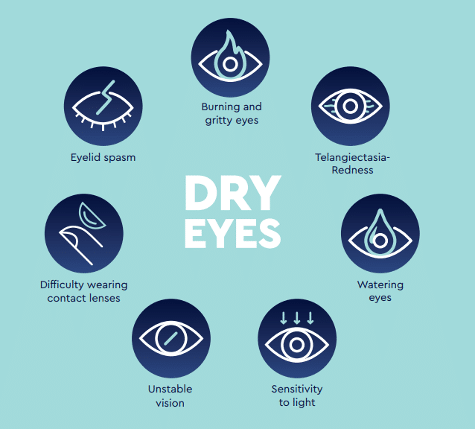
Risk Factors
- Heavy use of screens
- Contact Lens Wear
- Dry Environments
- Air conditioning
- Aging
- Sex (Females are more prone)
- Race (Asian race is most prone)
- Allergies and infections
- Eye surgeries
- Some medications
- Hormonal imbalances
Intense Pulse Light (IPL) Therapy
What is IPL therapy?
- This treatment uses brief bursts of light to melt Meibomian Gland secretions (oils that protect the tear layer), followed by in-office therapeutic Meibomian Gland expression.
- The use of IPL to treat dry eyes was first discovered in 2004, and remains the best treatment currently known to relieve the symptoms of Meibomian Gland Dysfunction (a common cause of dry eyes).
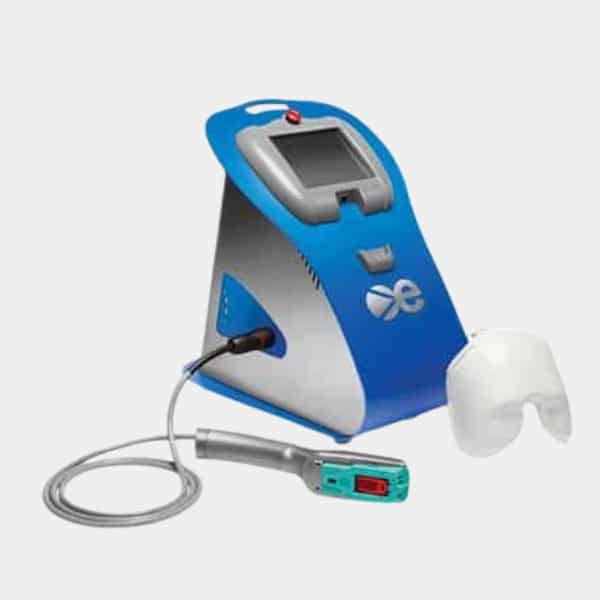
How Successful is it?
- According to a study conducted in 2015, 86% of patients reported improvement after 3 treatments.
- The improved effects are longer lasting than any other treatment currently available, and can prevent gland degeneration.
- It’s better to be pre-emptive and treat Meibomian Gland Dysfunction early before it permanently damages your glands.
How Many Treatments Will I Need?
- The effects of IPL are cumulative.
- Four to eight treatments are recommended with top-up treatments advised every 6-12 months. The number of treatments and length of time between top-up treatments is dependent on the severity of your dry eye.
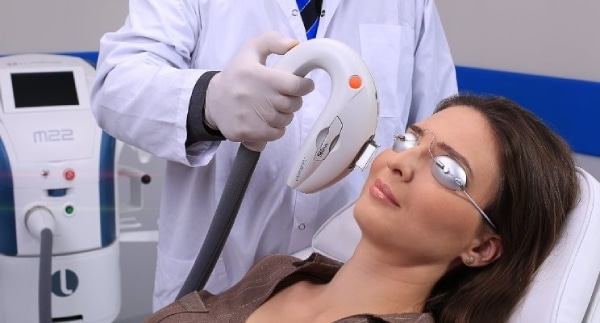
IPL Treatment Procedure
STEP 1
Before treating dry eye, we will need to do a comprehensive eye examination to ensure the health of your eyes.
STEP 2
A dry eye assessment with a therapeutically qualified Optometrist. This includes:
- Photos of the current state of the eye,
- Dry eye questionnaire,
- Tear quality and oil gland function check.
STEP 3
The procedure involves IPL heat/light treatment around the lower lid area to open the blocked oil glands, then manual gland expression with a therapeutically qualified optometrist.
Our optometrist performs double expression of each gland to achieve the best results.
Grace & Vision Optometrist is proud to be one of the first optometrists in Brisbane to provide IPL treatment, and we are equipped with extensive experiences in dry eye treatments.
Light Modulation Low-Light Level (LLLT) Therapy
What is LLLT Therapy?
- This technology works by emission of light at a specific wavelength which triggers an endogenous heating of the eyelids. This light gently warms the Meibomian glands at the depth of the eyelids to allow meibum (oils in the tears) to be released from the clogged glands.
- Increases tissue repair and oedema and decreases inflammation and oxidisation of cells. Promotes cellular rejuvenation by stimulation ATP (energy) production in cells.
- The therapy is followed by in-office therapeutic Meibomian Gland expression.
How Long Does the LLLT Treatment Last?
- The treatments have been shown to give relief for up to 3-12 months. However, patients will typically require a top up every 3-6 months depending on the severity of their dry eye disease.
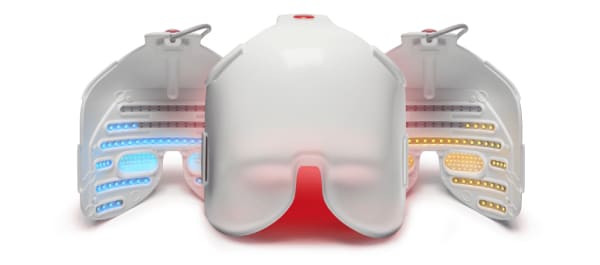
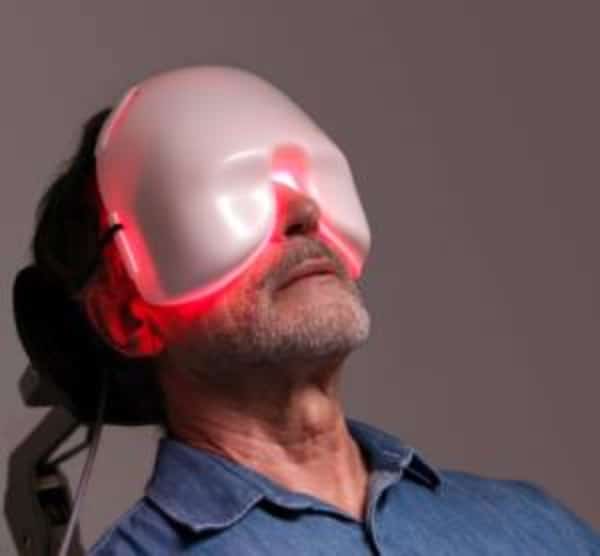
How Many Treatments Will I Need?
The effects of LLLT are cumulative.
- Our protocol comprises of 4 initial treatments sessions over 4 week.
- Our optometrist will re-assess your dry eyes 4 weeks post treatment and advise a plan for additional top up treatments to maintain your results.
- A combined IPL and LLLT therapies may be indicated by our optometrist depending on the severity of your dry eyes or other presented ocular surface conditions.
LLLT Treatment Procedure
STEP 1
Before treating dry eye, we will need to do a comprehensive eye examination to ensure the health of your eyes.
STEP 2
A dry eye assessment with a therapeutically qualified Optometrist. This includes:
- Photos of the current state of the eye,
- Dry eye questionnaire,
- Tear quality and oil gland function check.
STEP 3
The treatment involves Light Modulation LLLT mask worn by the patient over closed eyes for 15 minutes.
During treatment, the patient experiences a very bright and pleasant sensation of heat in the area of skin underneath the mask.
STEP 4
A manual gland expression is then performed with a therapeutically qualified optometrist. results.
During treatment, the patient experiences a very bright and pleasant sensation of heat in the area of skin underneath the mask.
Solutions For Your Dry Eye Discomfort
Talk to one of our optometrists who can prescribe a suitable dry eye solution tailored for you.
FAQs
What is IPL Therapy?
- This treatment uses brief bursts of light to melt Meibomian Gland secretions (oils that protect the tear layer), followed by in-office therapeutic Meibomian Gland expression.
- The use of IPL to treat dry eyes was first discovered in 2004 and remains the best treatment currently known to relieve the symptoms of Meibomian Gland Dysfunction (a common cause of dry eyes).
How successful is it?
- According to a study conducted in 2015, 86% of patients reported improvement after 3 treatments
- The improved effects are longer lasting than any other treatment currently available and can prevent gland degeneration.
- It’s better to be pre-emptive and treat Meibomian Gland Dysfunction early before it permanently damages your glands.
How many treatments will I need?
- The effects of IPL are cumulative.
- Four to eight treatments are recommended with top-up treatments advised every 3-12 months. The number of treatments and length of time between top-up treatments is dependent on the severity of your dry eye.
What is involved?
- Before treating dry eye, we will need to do a comprehensive eye examination to ensure the health of your eyes.
- A dry eye assessment with a therapeutically qualified Optometrist. This includes:
- Photos of the current state of the eye,
- Dry eye questionnaire,
- Tear quality and oil gland function check
- The procedure involves IPL heat/light treatment around the lower lid area to open the blocked oil glands, then manual gland expression with a therapeutically qualified optometrist.
Our optometrist performs double to triple expression of each gland to achieve the best results.
Sources:
- Dr Malbrel. Polychromatic pulsed light device for a dysfunction described as “dry eye”
- Peking Third University Hospital. Evaluation of the safety and effectiveness of the controlled discharge xenon flash lamp
- Official publication in “Journal of Ophthalmology” of Dr Li. Evaluation of the Safety and Effectiveness of Intense Pulsed Light
- Fondation A de Rothschild and Hôpital Bichat. Efficacy of Intense Regulated Pulsed Light Therapy
- Jiang, X. Research Article Evaluation of the Safety and Effectiveness of Intense Pulsed Light in the Treatment of Meibomian Gland Dysfunction
- S Egri. Efficacy of intense pulsed light therapy in the treatment of Meibomian gland dysfunction-related severe dry eye
- Jennifer P. Craig, Chen, Y.-H., & Turnbull, P. R. K. Prospective trial of intense pulsed light for the treatment of meibomian gland dysfunction
- Carones Ophthalmology Center. Ocular Surface Workup in Patients with Meibomian Gland Dysfunction Treated with Intense Regulated Pulsed Light
- Julie M Albietz, Katrina L Schmid. Intense pulsed light treatment and meibomian gland expression for moderate to advanced meibomian gland dysfunction
- Özgün Melike Gedar Totuk. Efficacy of Intense Pulsed Light Treatment for Moderate to Severe Acute Blepharitis or Blepharoconjunctivitis: A Retrospective Case Series (DOI: 10.4274/tjo.galenos.2020.28924)
- Luca Vigo. Ocular Surface Workup in Patients with Meibomian Gland Dysfunction Treated with Intense Regulated Pulsed Light (DOI: 10.3390/diagnostics9040147)
Jennifer P. Craig. Randomised double-masked placebo-controlled trial of the cumulative treatment efficacy profile of intense pulsed light therapy for meibomian gland dysfunction (DOI: 10.1016/j.jtos.2020.01.003)
Book Dry Eye Treatment Today
Grace & Vision Optometry accepts all major health funds
Use your optical health funds benefits on a new pair of prescription glasses or sunglasses.

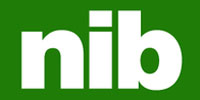
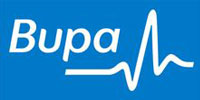

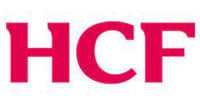
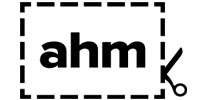

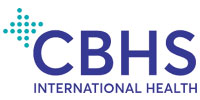
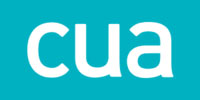

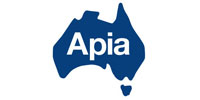
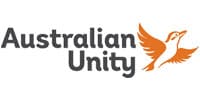
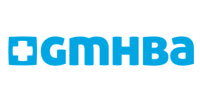




... and many more. Feel free to contact us if you don't see your health fund.